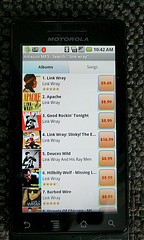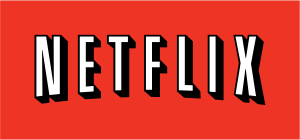Amazon announced yesterday a new feature for the Kindle, Kindle Library Lending. In partnership with Overdrive, a company that already provides E-Book lending services for tens of thousands of libraries, Amazon will offer customers the chance to take books out of their local library.
Lending will be enabled not only on the Kindle itself, but on the ubiquitous Kindle apps. That means the books will be lent to the account, not to the individual devices within it. The service will offer not only Whispersync between devices, but the opportunity to annotate books. If you later purchase the book, your notes will return.
We’re not sure if you’ll be able to browse a library collection and take out books easily directly from the Kindle. The shopping functionality on the Kindle already lacks in ease of use compared to shopping on the Amazon site.
Unfortunately, while the announcement is now, the actual functionality will not be available until later this year. Librarianbyday.net commented on a few lingering questions.
- Existing E-Books that libraries have will now be available in Kindle format. But it does not say definitively whether or not there will be an additional cost for this for the library
- Are you required to link your Kindle account to your library account to the point at which data is exchanged between the two? If so, how much data? Does Amazon get to know all of your checkout history
We’ll have more on this when it actually happens.
Related articles
- Amazon Partnering With OverDrive To Bring Kindle Library Lending To 11,000 Libraries Across The US (crunchgear.com)
- Amazon to Allow Library Lending of Kindle Books (libraryjournal.com)
- Amazon to launch library lending for Kindle books (teleread.com)
- Some questions for Overdrive and Amazon about the Kindle Lending Library | Librarian by Day (librarianbyday.net)




















